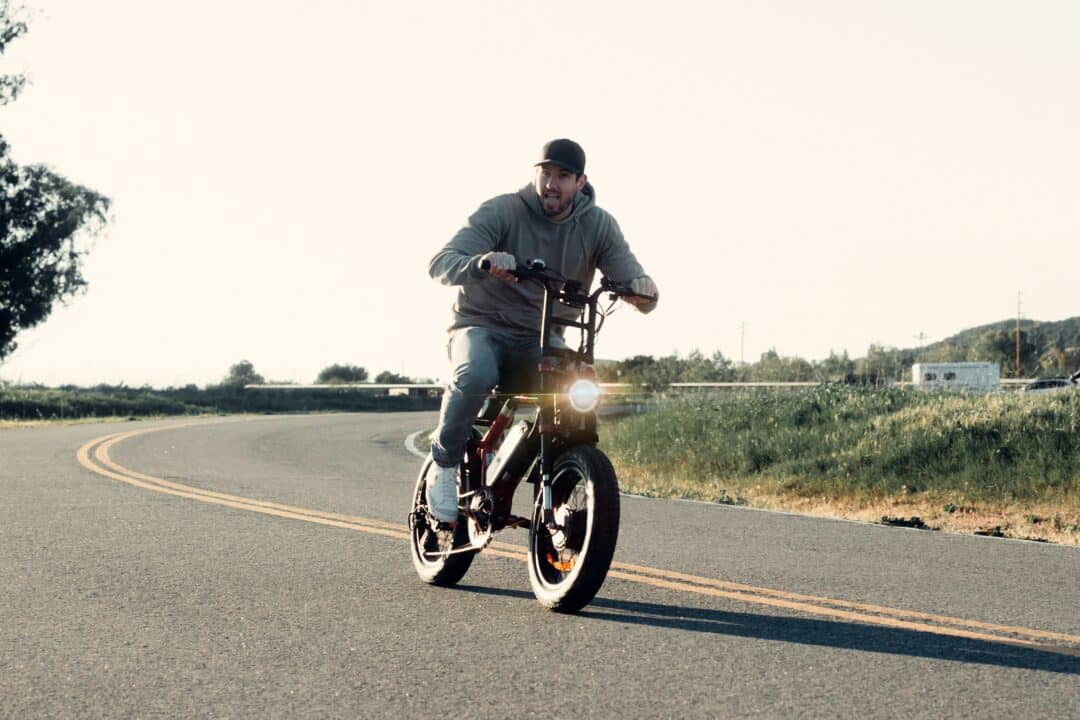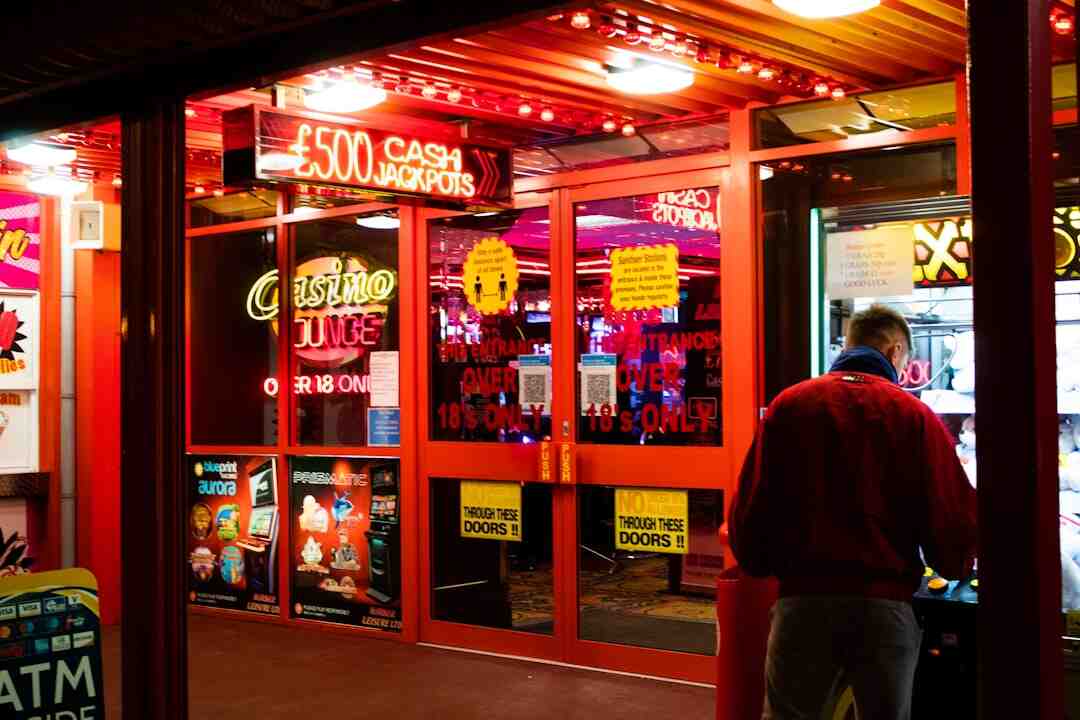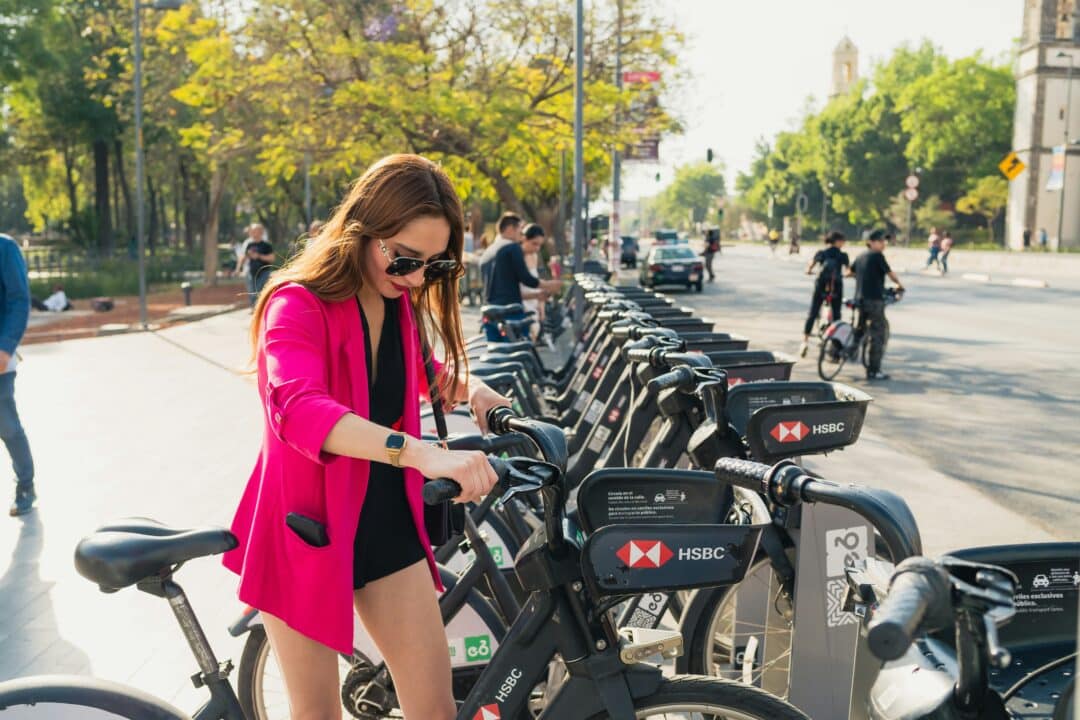|
IN SHORT
|
In a constantly evolving urban context, the orange bicycle is emerging as a solution of choice to meet mobility challenges. As a sustainable alternative to motorized transport, it offers multiple advantages, both ecological and economic. Its use contributes to reducing greenhouse gas emissions and improving air quality in urban areas, while promoting an active and healthy lifestyle. This article explores the various practical and environmental benefits that the orange bicycle provides in our daily travels, highlighting its essential role in the transition towards more sustainable cities.
An ecological mode of transport
The orange bike stands out for its low environmental impact. Due to its operation without a motor, it does not emit any pollution atmospheric, unlike motor vehicles which contribute to the increase in greenhouse gases. By favoring this mode of transport, you actively participate in the preservation of our planet.
By using the orange bike, you contribute to reduce your carbon footprint. Each bicycle trip avoids the emission of several kilograms of CO2, which can have a significant impact on your annual carbon footprint. With the increase in the urban population and the rise of environmental concerns, adopting solutions like cycling is becoming a collective obligation.
An economical means of transport
The orange bike represents a considerable economical alternative. To begin with, its acquisition and maintenance cost is minimal compared to a motorized vehicle. You will not have to worry about expenses related to fuel, parking or complex maintenance costs. However, even though renting a bike may represent an initial cost, it is still very competitive compared to public transport subscriptions or the use of cars.
In addition, by opting for a bicycle, you save time and money. The ability to avoid traffic and move quickly through often congested areas saves you valuable productivity in your daily life. Ultimately, the cost-benefit ratio is clearly in favor of the orange bike.
An element favorable to health
Using the orange bike for your urban trips also contributes to your physical health. Cycling promotes cardiovascular activity and strengthens your muscular system. It is an aerobic exercise that can be adapted to all levels, making the activity accessible and beneficial to a wide audience.
On a mental level, cycling allows you to release endorphins, which improves mood and reduces stress. Cycling in an urban environment also allows you to disconnect and take time to enjoy your ride, which can contribute to your overall well-being.
An innovative sharing network
The establishment of bike sharing networks, such as the Orange Bike Service, has transformed the way we think about urban travel. These systems allow you to have a bicycle at your disposal at any time, without having to own one. This reduces both the need for parking space and the problem of stolen bikes.
Rental stations are generally well integrated into the urban infrastructure, which allows citizens to quickly take a bike for a short trip without having to worry about possible parking. This sharing model also promotes increased autonomy and encourages users to adopt sustainable mobility behaviors.
A practical solution for daily travel
The orange bike is particularly suitable for short to medium distance trips in the city. Avoiding crowded public transport or traffic jams is a major advantage of this mode of transport. For example, cycling 5 km can take around 20 to 30 minutes, a comparable time and often faster than driving a car or public transport.
The flexibility of being able to leave at any time is another undeniable advantage. You don’t have to wait for the bus or worry about schedules, you move at your own pace. This also allows you to take interludes, whether for a few errands or to meet up with friends along the way.
A promoter of a sustainable lifestyle
Adopting the orange bike also means choosing a more sustainable. By integrating cycling into your travels, you encourage responsible behavior towards the environment and demonstrate interest in healthier and more respectful transport solutions.
This type of mode of transportation promotes societal engagement and can even inspire others to follow suit. Communities that encourage the use of bicycles, by creating suitable infrastructure such as cycle paths and 30 zones, contribute to a better balance between individual mobility and environmental protection.
Facilitate access to dense neighborhoods
City centers can often be difficult places to navigate, due to heavy traffic and parking limitations. The orange bike provides easy access to these areas that are sometimes tedious to reach by car or public transport. In doing so, you help boost the local economy by visiting local businesses.
Cycling journeys also increase the visibility of less frequented places, thus promoting true diversity in urban space. In fact, when traveling by bike, it is easier to stop at small stores or restaurants that you might not have noticed by car.
| Criteria | Advantages of the orange bike |
| Accessibility | Availability at many strategic points in the city |
| Cost | Affordable pricing for occasional and regular users |
| Ease of use | Quick registration and user-friendly interface |
| Environmental impact | Helps reduce CO2 emissions in urban areas |
| Flexibility | Allows fast and direct journeys without congestion |
| Active walk | Encourages physical activity and improves health |
-
Ecological
Reduces CO2 emissions and air pollution.
-
Economic
Less maintenance costs compared to a car.
-
Practical
Easy parking in tight spaces.
-
Time
Avoid traffic jams and reduce travel time.
-
Health
Improves physical condition and general well-being.
-
Accessibility
Accessible to a wide variety of people.
-
Community
Promotes social interactions and community bonding.
An opportunity for socialization
Cycling can also be a great way to socialize. By taking popular routes, you are more likely to come across other cyclists, thus creating opportunities for conviviality and exchange. Furthermore, cycling groups, ranging from sports clubs to informal meetings, provide opportunities to bond and share experiences.
Cycling culture also encourages interaction between road users. Cyclists and pedestrians can share their experiences, raise awareness of road safety and encourage better sharing of public space. This contributes to a friendlier and more connected urban environment.
Urban safety
Using the orange bike should not be synonymous with danger. On the contrary, with the increase in bicycle use, cities are taking more into account the safety of cyclists. This is why the development of cycle paths and appropriate infrastructure is crucial.
Additionally, users can benefit from road safety training and workshops to better understand traffic rules and safe behaviors. By self-regulating and implementing these recommendations, the safety of cyclists in urban areas can be greatly improved.
A positive impact on the local climate
By encouraging the use of orange bikes for your travels, you are also helping to improve local air quality. Reduction of air pollutant emissions, reduction of traffic noise and creation of a more pleasant environment for all are tangible benefits of a community more oriented towards soft mobility.
Each of your bike trips is a small victory for the health of our atmosphere, one gesture at a time that both adds up and contributes to a better climate future. In addition to contributing to a greener city, this approach can strengthen community ties by mobilizing citizens around a common cause.
The orange bicycle and its contribution to the local economy
The development of bike-sharing services, such as the orange bike, stimulates the local economy in several ways. By facilitating access to local shops and events, cycling encourages purchases from small businesses and strengthens the economic dynamism of neighborhoods.
This also promotes job creation. Bicycle rental and repair companies need qualified personnel to operate them. Furthermore, the growth of the collaborative economy, with initiatives such as the orange bike, makes it possible to develop new forms of employment that meet the needs of users and the community.
Adaptability to all situations
The orange bike easily adapts to user needs. Whether you are a student, employee or retiree, it finds its place in everyone’s daily life. This mode of transportation is suitable for all age groups and fitness levels. Its modular aspect also makes it a wise choice for journeys combined with other modes of transport.
For example, you can easily combine your bike journey with the train, by taking your bike on the new trains which allow this flexibility. This paves the way for more adventurous travel, such as jaunts outside the city.
Recent technological developments
Technology plays a key role in the use and growing popularity of the orange bike. Many mobile applications allow you to locate bicycle stations, check their availability and even pay directly from your smartphone. These advances contribute to making the use of the bicycle more accessible and intuitive.
In addition, some bicycle models are equipped with advanced technologies such as geolocation systems, motion detectors or even integrated lights, increasing both safety and comfort of use. These innovations make the orange bike ever more attractive to a diverse audience.
A promising future for urban mobility
The orange bicycle opens a new horizon for urban mobility. By integrating sustainable solutions and encouraging behavioral change, it contributes to the transformation of the smart cities of tomorrow. The growing popularity of traveling by bicycle testifies to a real collective desire to improve our quality of life.
Recent developments in infrastructure and government initiatives reinforce the appeal of cycling as a preferred transportation solution. With growing awareness of environmental issues and a commitment to responsible mobility, the orange bike remains an essential option in urban areas.
Propose a collective vision
Adopting the orange bike contributes to a collective vision of the city of the future, where the well-being of citizens and the preservation of the environment are at the heart of concerns. Together, by favoring this mode of transport, we can truly transform the way we live in the city, promote sustainable development and encourage a dynamic of sharing.
The combined efforts of citizens, communities and businesses will make it possible to build an innovative mobility network, combining practicality, comfort and respect for the environment. Thus, the orange bicycle is not only a transport alternative, but a true symbol of a better future for cities.
frequently asked Questions
The orange bicycle allows rapid and efficient mobility, reducing traffic jams and facilitating travel in urban areas.
Yes, orange bikes are generally designed to be accessible to a wide audience, with models suited to different sizes and experience levels.
Yes, using a bicycle for your urban trips reduces CO2 emissions and contributes to a healthier environment.
Costs can vary, but in general, rental or maintenance costs are much lower than for a motorized vehicle.
Orange bikes are often found in many cities and can be found at predefined stations, easily accessible via a mobile app.
Yes, they are usually equipped with safety systems such as lights, effective brakes and sometimes even integrated locking systems.
Yes, orange bikes are designed to be used in all weathers. However, caution is recommended on slippery roads.
Registration is usually done online via the orange bike rental service app or website, where you can also choose a package tailored to your needs.
Yes, cycling is often compatible with other modes of transport, such as public transport services, making your urban travel easier.





